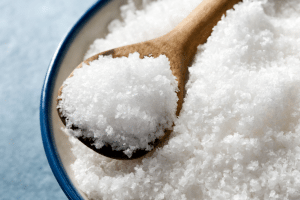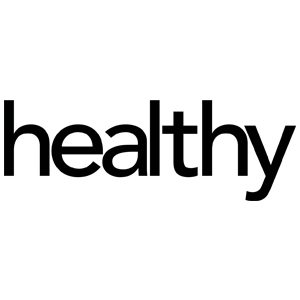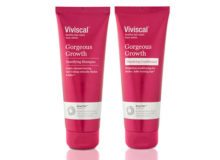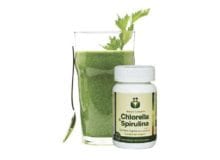The truth about salt
 Do you watch your salt intake? Shocking statistics from Consensus Action on Salt & Health (CASH) suggest that we consume on average 8.1g of salt a day – 2.1g more than the recommended intake of 6g. To put this in perspective, the Department of Health have estimated that reducing salt intake by just 1g – a pinch – would prevent 4147 premature deaths and save the NHS £288 million every year.
Do you watch your salt intake? Shocking statistics from Consensus Action on Salt & Health (CASH) suggest that we consume on average 8.1g of salt a day – 2.1g more than the recommended intake of 6g. To put this in perspective, the Department of Health have estimated that reducing salt intake by just 1g – a pinch – would prevent 4147 premature deaths and save the NHS £288 million every year.
READ MORE: Which healthy snack is for you?
The CASH report also drew attention to the salt content of supermarket ready meals, 52 per cent of which contain dangerously high levels, and flagged with a red warning label.
To mark annual Salt Awareness Week (March 20-26), we’ve spoken to Sonia Pombo, nutritionist and campaign manager for CASH, to get the lowdown on the health risks associated with salt – plus, essential advice on how we could all cut down.
We’re hearing a lot about the high levels of sugar in food in the news, but do you think having too much salt could be equally as detrimental to health?
Whilst increasing evidence is linking high-sugar intakes to poor health, the negative impact of too much salt in our diets has been known and accepted for years. The evidence linking a high-salt diet with raised blood pressure and increased risk of heart disease is overwhelming, with many organisations agreeing it’s a worldwide public health concern. In fact, the WHO have listed salt as the second priority, after tobacco, in disease prevention. The problem with high blood pressure is that it carries no symptoms, and therefore people don’t think they have a problem.
READ MORE: 5 simple ways to reduce your sugar intake
Additionally, like sugar, most of the salt that we eat is already in the foods that we buy (75 per cent), even if we don’t sprinkle it on at the table. This is why it’s important that the food industry takes stronger action in reducing the amount of added salt and sugars in their foods.
What are the serious health dangers of too much salt?
Salt raises our blood pressure, leading to an increased risk of stroke and heart disease; it is also linked to kidney disease, stomach cancer and osteoporosis. Unfortunately, with almost 75 per cent of our intake coming from processed foods, most of us aren’t even aware of how much salt we actually eat on a daily basis.
How can we reduce our daily salt intake?
1 Add less salt to cooking and at the table.
2
Swap salted snacks for unsalted, eg make your own popcorn instead of eating a packet of crisps. Add flavour to your popcorn with chilli powder or cinnamon instead of salt or sugar. Also, try snacking on fruit and vegetables containing high levels of potassium, which works in the opposite way to salt and may help reduce blood pressure.
3 Check labels of processed food items. Most food products now have colour-coded labelling, which helps you to decipher whether it’s high (red) medium (amber) or low (green) in salt. In the absence of this, check the back of the packet for the nutrition information. Foods with 0.3g salt or less per 100g are considered low in salt, while those with more than 1.5g per 100g are considered high in salt and should be avoided. The free health app FoodSwitch is a great tool for making the switch to a healthier alternative (foodswitch.co.uk
).
4 Cook meals from fresh foods instead of purchasing pre-made meals.
5 When eating out, ask for low- or reduced-salt options. For example, order your pizza with less cheese and salty meats, and more vegetables. Ask for salad dressings on the side, and use fewer condiments.
Find out more at actiononsalt.org.uk
Do you have any top tips for reducing salt in your diet? Tweet us @healthymag – we love to hear from you!







